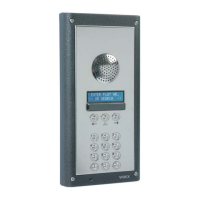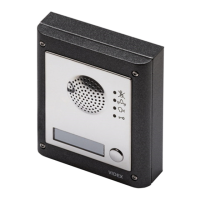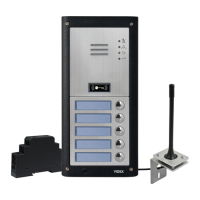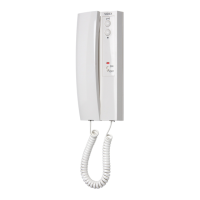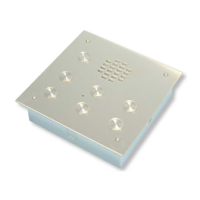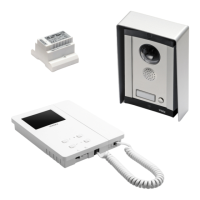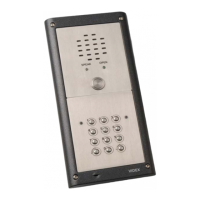How to fix interference on speech in Videx Intercom System?
- Aalan36Aug 14, 2025
If you're experiencing interference on the speech with your Videx Intercom System, it could be due to several reasons. First, check the signal strength using the command '1111SIG?'. If the signal is weak, the GSM module might be increasing its power, causing interference. You can also try relocating the antenna or using a more powerful one. Make sure the antenna cables are away from power supply cables and microphone wires. As a last resort, try using a different SIM card from another service provider, as they might offer better coverage in your area.


